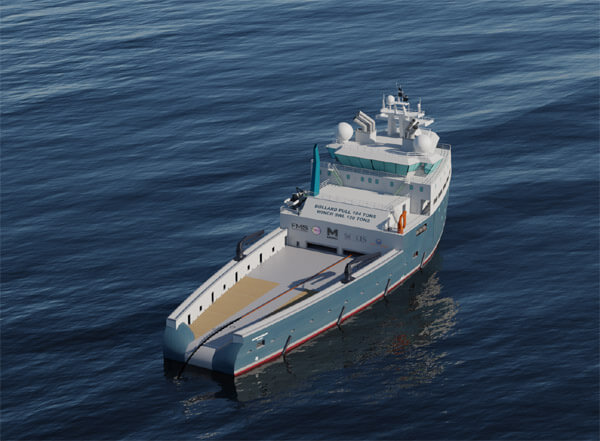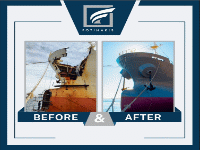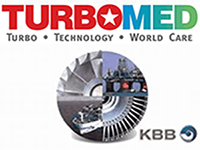Innovative Vessel Design Tackles the Complexities of Floating Wind Turbine Deployment
A UK-based group is diving into the creation of a new vessel tailored for the emerging floating offshore wind sector.As this industry gears up for its next chapter, which hinges on floating turbines, there’s a pressing need for specialized ships that can adeptly handle the unique challenges of positioning and anchoring these structures.
“Currently, our global fleet isn’t equipped to efficiently install floating turbines and their necessary infrastructure,” shares Ian Godfrey from Tope Ocean, one of the engineering firms collaborating on this initiative.
This innovative vessel concept zeroes in on an under-optimized aspect of the floating wind installation process. The team behind it asserts that their design will accommodate all three primary anchor types being explored in the sector. For instance, drag embedment anchors will necessitate powerful anchor handling vessels with high bollard pull capabilities, while suction piles and driven piles will require substantial subsea cranes to secure them into place.
The initial feasibility study for what’s dubbed the Future FLOW Installation Vessel has been wrapped up. This vessel aims to streamline operations by installing mooring lines onto pre-set anchors quickly, allowing for efficient connections to floating foundations that are transported offshore. Notably,it also embraces low-carbon fuels—enhancing fuel efficiency—with a hull designed for optimal hydrodynamics and increased mooring capacity.
“We’ve rethought how mooring installations shoudl work by crafting a vessel tailored to these evolving needs,” remarks Simon Hindley from Solis Marine Engineering. “By integrating an energy-efficient hull with a low-emission powertrain, we can tackle demanding construction tasks without leaning on conventional fossil fuel vessels—boosting overall efficiency during offshore projects.”

This design prioritizes maximizing mooring line capacity while keeping operational costs down. It features azimuth thrusters paired with reduced resistance technology aimed at enhancing station-keeping and dynamic positioning performance—all while utilizing methanol as an alternative fuel source. Additionally, there’s ample below-deck space dedicated to synthetic mooring ropes along with large chain lockers designed to accommodate extensive lengths of chain anticipated in this growing industry.
The project is part of CMDC4 (Clean Maritime Exhibition competition Round 4), backed by funding from the UK Department for Transport through Innovate UK. Key players include naval architects Solis Marine Engineering alongside innovation experts Tope Ocean and marine operations specialists First marine Solutions as well as Celtic Sea Power.
The consortium is now moving forward into subsequent design phases focused on managing large volumes of synthetic ropes while addressing weather limitations and regulatory hurdles associated with methanol propulsion systems. Their goal? To obtain Approval in Principle from a leading ship classification society by December 2025.
p>
Content Original Link:
" target="_blank">



















































